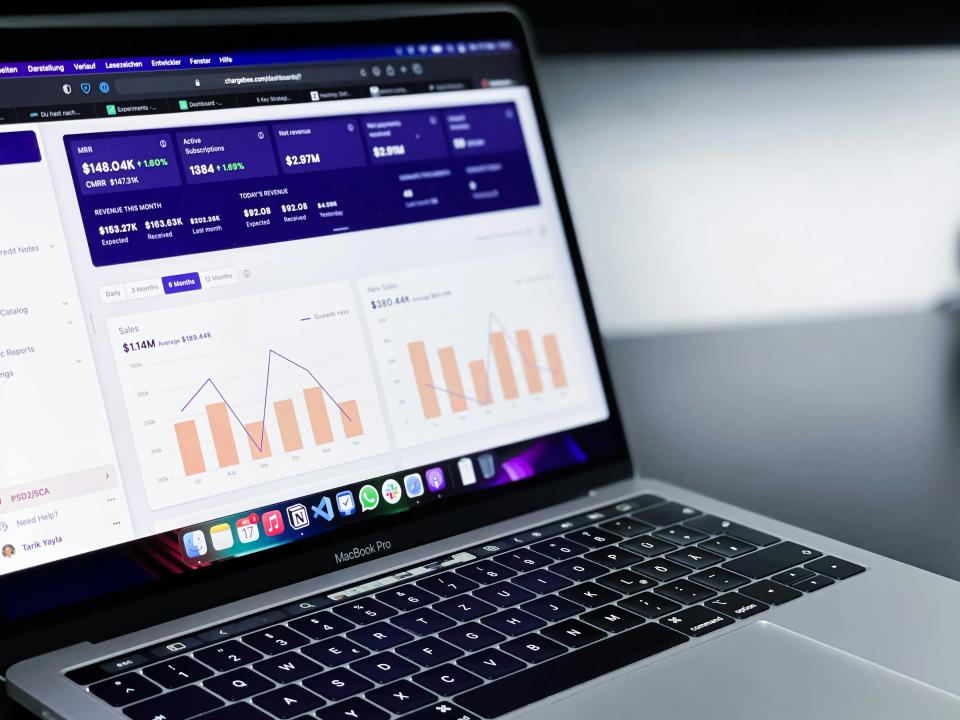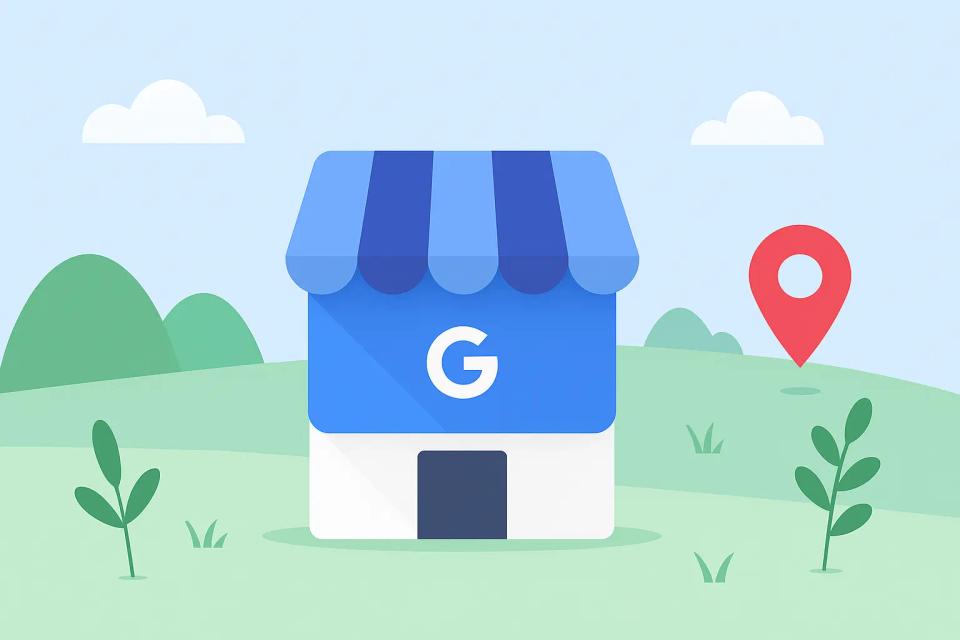You’ve just launched a brilliant, nationwide digital campaign. The creative is stunning, the copy is sharp, and the budget is significant. Yet, the needle isn’t moving where it counts—foot traffic to your individual stores in Boston, Austin, and Seattle remains stubbornly flat.
What went wrong? Your global message, as powerful as it was, failed to connect with the local heartbeat of each community. This is the multi-location dilemma: the constant struggle to maintain a powerful, consistent brand identity while needing to forge authentic, personal connections in dozens, or even hundreds, of diverse local markets.
The answer isn’t just doing more local SEO. The secret to unlocking explosive growth lies in weaving local optimization into the very fabric of your entire digital marketing ecosystem. This guide provides the actionable local SEO digital marketing strategies for multi-location businesses you need to stop broadcasting a generic message and start turning every single branch into a local powerhouse. We’ll cover the critical foundation of your website, mastering Google Business Profile at scale, creating content that resonates locally, and amplifying it all with precision-targeted paid media.
Why Integration is Non-Negotiable for Regional Digital Marketing
Stop thinking of your national marketing and local SEO as separate channels. They aren’t rivals competing for budget; they are a powerful, symbiotic force. A strong local presence amplifies your national campaigns, and a strong national brand lends instant credibility to your local efforts.
Think of your brand as a powerful tree. Your national marketing is the strong, unshakeable trunk, but the real fruit—the sales, the loyal customers, the community trust—grows on the local branches. Without healthy, thriving branches, the tree can never reach its full, glorious potential. This synergy is where you build unshakable trust, as nearly 76% of consumers regularly read online reviews when browsing for local businesses, making that local social proof a cornerstone of brand credibility.
This integration creates a feedback loop of success. Strong signals from multiple, well-optimized local entities, like Google Business Profile listings and dedicated location pages, send powerful authority signals to Google about your overall brand. A customer who sees your targeted local ad is infinitely more likely to convert if they’ve already seen your business pop up in their local search results. This isn't just about being seen; it's about being seen as the only choice.
The Foundation: Architecting Your Digital Presence for Multi-Location SEO
Step 1: Perfecting Your Website Structure
Your website is the bedrock of your entire digital kingdom. Get this wrong, and everything else crumbles. It starts with a clean, intuitive "Store Locator" on your main website, making it effortless for customers to find the location nearest to them.
But you can't stop there. You must give each physical location its own piece of digital real estate. This means creating a unique, fully optimized landing page for every single branch, such as yourbrand.com/locations/chicago. According to one industry report, one of the biggest challenges for multi-location businesses is avoiding duplicate content, which can severely harm your rankings.
Each location page must be a unique masterpiece. It needs consistent Name, Address, and Phone Number (NAP), but also unique, locally-flavored content that mentions nearby landmarks or neighborhood slang. It must feature an embedded Google Map, location-specific testimonials, and photos of the actual storefront and team, all tied together with advanced local business schema markup. A high-performance website structure is the bedrock of multi-location SEO, and our Web Design and Technical SEO teams specialize in building these foundations for unstoppable growth.
Step 2: Mastering Google Business Profile (GMB) at Scale
If your website is your digital headquarters, your Google Business Profile (GMB) is your digital front door. For local customers, this is often the very first interaction they have with your brand, making it the most critical tool for effective local search optimization. Listings with photos, for example, are 2x as likely to be considered reputable and get 35% more clicks.
Managing dozens or hundreds of these profiles can feel like an impossible task, but it doesn’t have to be. Using GMB's agency dashboard allows you to centralize management, enforce brand consistency, and deploy updates efficiently across all locations. This ensures every single customer, no matter their city, gets the same high-quality, accurate information.
This isn't a "set it and forget it" task. Each location demands constant attention to thrive. You must verify every listing, use hyper-specific business categories, and consistently upload high-quality, local photos. Furthermore, you need to leverage Google Posts for local promotions and, most importantly, actively solicit and respond to every single review to show you’re engaged and that you care.
Fusing Local SEO with Your Content and Social Strategy
From Generic to Geographic: Creating Hyper-Local Content
Are you ready to stop shouting into the void with generic corporate blog posts? It’s time to start creating content that speaks directly to the wants, needs, and passions of your specific communities. This is how you transform from a faceless corporation into a trusted local partner.
The strategy is simple: move beyond broad topics and create content that could only come from a local. Think blog posts like "The 5 Best Hiking Trails Near Our Denver Store" or "A Guide to Family-Friendly Events in Miami This Fall." You can feature a case study with a happy client from a specific city or write a community spotlight on a local event your branch is sponsoring. This is the core of a powerful local SEO content marketing strategy.
For our client Fjällbris, we didn't just build a website; we helped them craft a narrative that connects with the specific lifestyle of their Scandinavian audience. This approach builds an emotional bridge between your brand and your customer. It shows you aren't just in their city; you're a part of it.
Localizing Social Media
Your social media strategy needs the same localized touch. You face a strategic choice: do you create separate social media pages for each location, or do you use location tagging and geo-targeted posts from a single national account? Both have their merits, but the goal is the same: make your followers feel seen.
True local engagement comes from action. Run a photo contest specific to your Austin branch. Share user-generated content from a happy customer who just visited your Seattle store. Use location-specific hashtags to join local conversations. These hyperlocal SEO tactics build a loyal tribe around each of your locations, creating a defensive moat that competitors can't cross.
Amplifying Your Reach: Integrating Local SEO with Paid Advertising (SEM)
Geo-Targeting Your Google & Facebook Ads
What happens when you combine the trust of organic local SEO with the power and precision of paid search? You dominate. Local SEO and SEM are the power couple of digital marketing, working together to ensure you own the search results page when a local customer needs you most.
On Google Ads, this integration is seamless and deadly effective. You must use Location Extensions to automatically show the address of the nearest store right in your search ad. You can create campaigns that target users within a specific mile radius of each storefront and bid aggressively on geo-modified keywords like emergency plumber dallas. These advanced Google Ads techniques turn general searchers into immediate customers.
The same principle applies to social media advertising. You can run Facebook and Instagram "Store Traffic" campaigns that are optimized for one thing: getting real people to walk through your physical doors. By targeting ads based on a user's current location, locally-relevant interests, and past behaviors, you stop wasting money on irrelevant audiences. Our SEM experts at CaptivateClick use advanced A/B testing and performance tracking to ensure your ad spend generates both online clicks and offline foot traffic.
Measuring What Matters: KPIs for an Integrated Strategy
Are you tired of chasing vanity metrics that don’t impact your bottom line? In an integrated strategy, you must shift your focus to the key performance indicators (KPIs) that signal real business results. It’s time to measure what truly matters.
Your measurement must be as localized as your strategy. You need to track performance on a per-location basis to identify which branches are thriving and which need support. This means diving deep into the data for each and every location, from GMB insights to paid campaign conversions.
To get a clear picture of your performance, you need to track a specific set of metrics for each location. These KPIs tell the complete story of your customer's journey, from discovery to purchase.
| Metric Category | Key Performance Indicators (KPIs) | Why It Matters |
|---|---|---|
| Google Business Profile | Clicks-to-Call, Clicks-for-Directions, Website Visits | Measures direct, high-intent actions from local searchers. |
| Website Analytics | Organic Traffic & Goal Completions on Location Pages | Shows if your local pages are attracting and converting users. |
| Search Rankings | Rank Position for Geo-Specific Keywords (e.g., "best pizza nyc") | Tracks your visibility for the most valuable local searches. |
| Paid Campaigns | Store Visit Conversions, Reach within Geo-Fenced Areas | Directly attributes ad spend to real-world foot traffic. |
| Brand Reputation | Volume and Sentiment of Local Reviews | Gauges customer satisfaction and trust at the community level. |
Conclusion: Unifying Your Brand, One Community at a Time
Let’s bring it all home. True, sustainable growth for a multi-location business is not found in bigger national campaigns or isolated local efforts. It’s found in the seamless integration of your broad brand vision with authentic, hyper-local execution. It’s built on a solid technical foundation of optimized location pages and GMB profiles, fueled by content that speaks to individual communities, and amplified by precision-targeted paid campaigns.
Stop thinking in silos. Stop letting your customers experience a jarring disconnect between your national brand and their local store. It’s time to build a cohesive, powerful customer journey that feels personal, relevant, and urgent at every single touchpoint.













